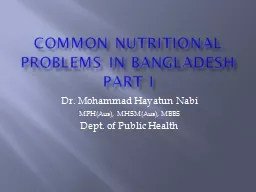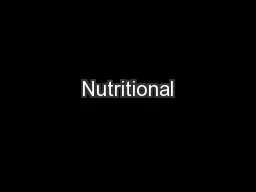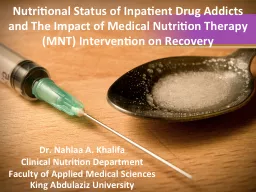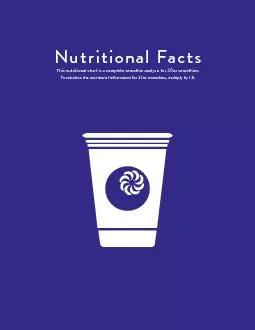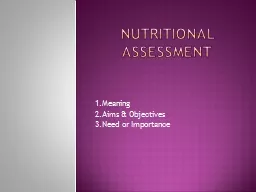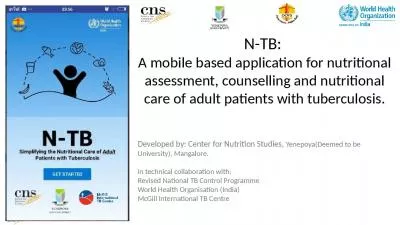PPT-Common Nutritional problems in Bangladesh Part I
Author : debby-jeon | Published Date : 2018-10-23
Dr Mohammad Hayatun Nabi MPHAus MHSMAus MBBS Dept of Public Health Introduction The prevalence of malnutrition in Bangladesh is among the highest in the world
Presentation Embed Code
Download Presentation
Download Presentation The PPT/PDF document "Common Nutritional problems in Banglades..." is the property of its rightful owner. Permission is granted to download and print the materials on this website for personal, non-commercial use only, and to display it on your personal computer provided you do not modify the materials and that you retain all copyright notices contained in the materials. By downloading content from our website, you accept the terms of this agreement.
Common Nutritional problems in Bangladesh Part I: Transcript
Download Rules Of Document
"Common Nutritional problems in Bangladesh Part I"The content belongs to its owner. You may download and print it for personal use, without modification, and keep all copyright notices. By downloading, you agree to these terms.
Related Documents

